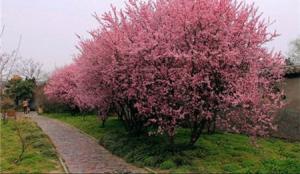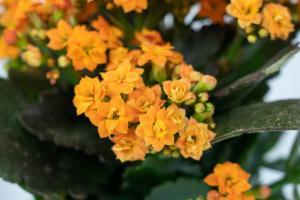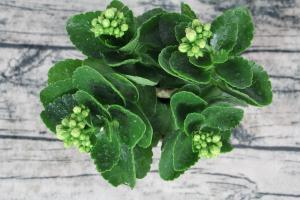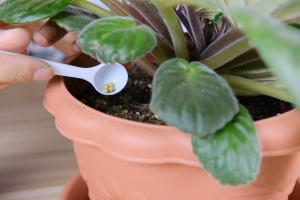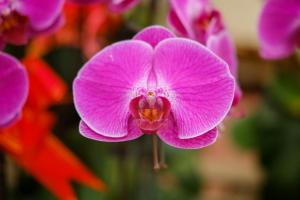How to Measure Plant Water Content
Plants require water for survival, and it's important to monitor their water content to ensure their health. Measuring plant water content is a critical step in efficient water management, especially in commercial agriculture. In this article, we'll explore how to measure plant water content, why it's important, and the methods that work best.
Why is measuring plant water content important?
Water is the key to the survival and growth of plants. The amount of water a plant needs depends on various factors, including its species, age, size, and the environment. Measuring the water content of plants helps monitor their hydration level, which is especially important in areas with limited water resources or during droughts.
Additionally, measuring plant water content can help diagnose and prevent water-related diseases, such as root rot, and can also help prevent over-watering, which can lead to nutrient deficiencies and plant death. Proper water management is essential for plant growth and development, and measuring plant water content is a crucial part of that process.
Methods to Measure Plant Water Content
Several methods can be used to measure plant water content, each with their advantages and disadvantages. Here are some of the most common methods:
1. Gravimetric Method
The gravimetric method is the most accurate and commonly used way to measure plant water content. In this method, the plant tissue is initially weighed, then heated or dried until all the water evaporates. The dried tissue is then weighed again, and their difference is used to calculate the percentage of water content. This method is time-consuming but provides reliable and accurate results.
2. Resistance-based Sensors
Resistance-based sensors are commonly used in precision agriculture, where real-time measurement of plant water content is crucial. These sensors measure the electrical resistance of the plant tissue, which changes as the plant takes up water. These sensors can provide accurate and fast results and can be integrated into an irrigation system for automatic irrigation management.
3. Portable Devices
Portable devices such as moisture meters are commonly used to measure plant water content in nurseries, gardens, and small-scale agriculture. These devices can provide instant results and require minimal training to use. However, their accuracy can be affected by several factors, including the species of the plant, the age of the tissue, and the type of meter used.
4. Spectroscopy
Spectroscopy is a non-destructive method that uses electromagnetic radiation to measure the water content of plant tissue. This method provides quick results and can be used for large-scale monitoring of plant water content. However, it requires specialized equipment and expertise, and its accuracy can be affected by environmental factors such as light and temperature.
Conclusion
Measuring plant water content is an essential step in water management and plant health. Various methods can be used to measure plant water content, with gravimetric measurement being the most accurate and resistance-based sensors being the most commonly used in precision agriculture. Regardless of the method used, it's essential to consider the accuracy, speed, and cost of the method in relation to your specific needs. With proper water management and monitoring, plants can grow healthy and thrive.

 how many times do yo...
how many times do yo... how many planted tre...
how many planted tre... how many pine trees ...
how many pine trees ... how many pecan trees...
how many pecan trees... how many plants comp...
how many plants comp... how many plants can ...
how many plants can ... how many plants and ...
how many plants and ... how many pepper plan...
how many pepper plan...